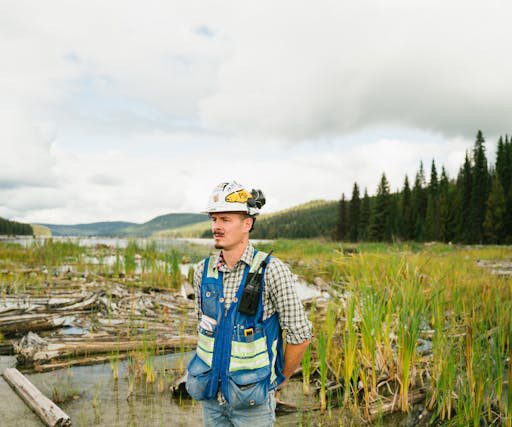Exploring the Field of Environ Engineering: Safeguarding Our Planet for Future Generations
The Environmental Blog
MAY 29, 2024
Combining principles from various scientific disciplines, it addresses some of the most pressing challenges facing our planet, such as pollution, waste management, and climate change. Environmental engineers work on designing and implementing systems that reduce pollution, manage waste, and protect natural resources.















Let's personalize your content